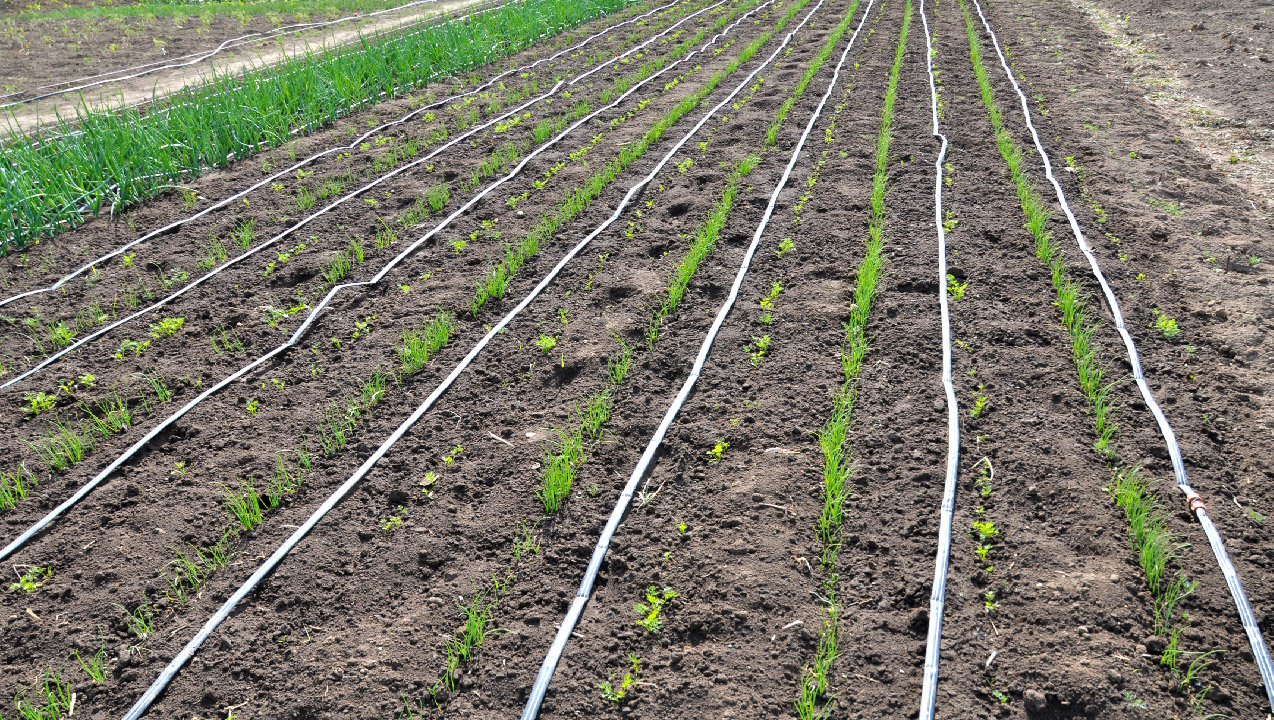Drip Irrigation Systems: Troubleshooting and Repair Guide
Mar 9th 2023
Whether you have a drip irrigation system to save you time and money, reduce pests and weeds or improve the appearance of your landscape, we all know that it's a vital part of the garden and a great alternative to simply using a garden hose. That's why, when problems arise, it is essential to identify and fix the troubled area quickly and efficiently. No one wants your plants left out to dry on a hot summer.
How A Drip Irrigation System Works
The first step to being able to troubleshoot your drip irrigation system is to understand how it works. Drip irrigation is innovative because it directs water exactly where you want it. This saves water from being wasted, especially if you use an automatic water shut-off timer to ensure your plants get the proper water daily.
There are a few different drip irrigation systems, including soaker hoses, drip tapes, and poly pipe tubing, but they all utilize the same basic principles. These systems begin at the spigot or the outdoor faucet, controlling water flow. Typically, you will start with the timer connected directly to the hose bib, followed by a backflow preventer to prevent contamination of the main water supply. Then, you may find a hose thread filter to stop particles or debris from entering the system. Next may come the pressure regulator that keeps the water pressure consistent. Finally, the main line attaches to the system. This may be a poly pipe, popular for its flexibility and ease of use, or a soaker hose for fast watering. You will find all your connections in the main line, branching out to include elements such as emitters, bubblers, drippers, and misters. This is where the water is getting delivered to your plants. No matter which specific components you choose, there may come a time when issues arise.
Troubleshooting Common Drip Irrigation Problems
Most issues in a drip irrigation system come from too much water or not enough. Problems of too much water may include leaks in the system, high water pressure flowing through the system, or broken emitters.
Troubleshooting Issues of Too Much Water
The first step is to identify the problem area. If your spigot is leaking at the hose bib, check tightness. The same applies to other connections down the line. Another problem might arise from an improperly fitted connection. This may require purchasing a hose adapter so that components fit together correctly. Check your washer; if broken or missing, this could cause leaks. Replace the missing or damaged fitting. Leaks around couplers may require simply reattaching the sections of tubing. Placing poly tubing in hot water for a few moments will help soften it up, so it can be attached securely.
Small holes in the main poly pipe can be fixed relatively easily with some goof plugs. Even if you've purposefully added a hole with a hole punch when you decide you no longer need it, a goof plug offers a quick and easy fix. If you come across broken emitters or bubblers, they may need to be replaced.
Troubleshooting Issues of Not Enough Water
The opposite issue of needing more water can also arise if you are not careful. Holes may get plugged, or your line may be clogged by garden debris such as rocks, mulch, or soil. Identify where the last working emitter is, and you know you're close to the source of the problem. Ensure you're keeping the area around your drip irrigation system relatively clean.
When dealing with a problem closer to the spigot, it's an excellent idea to clean out your hose thread filter and check the other components to ensure everything is clear.
When dealing with low and high-pressure issues, investing in a pressure regulator is recommended to maintain consistency. The pressure regulator will reduce the pressure from your water source.
Troubleshooting Other Common Issues
It is also important to be proactive to avoid common drip irrigation problems. If water is left in the system at the end of the growing season, it may freeze over the winter and cause damage. An easy fix for the forgetful gardener may be to utilize a flush valve designed to drain the line whenever the pressure drops and the water turns off.
If your poly pipe develops a major tear that is too big to be fixed by goof plugs, you can repair the line fairly easily. All you need are some plastic cutters and a coupler that matches the size of your piping. Make a clean cut of the poly pipe on each side of the tear, stick the ends in hot water, then connect them both to a coupler; your irrigation system is back and ready to work with minimal disturbance.
The DripWorks Repair Kit offers an easy way to ensure you're ready for any issues at the beginning of the season. It contains everything you need for expanding parts of your irrigation line, stopping leaks, and replacing basic parts of your drip irrigation system. Especially if your system is over a few years old, it may be worth investing in a way to fix your line before any problems pop up easily.

